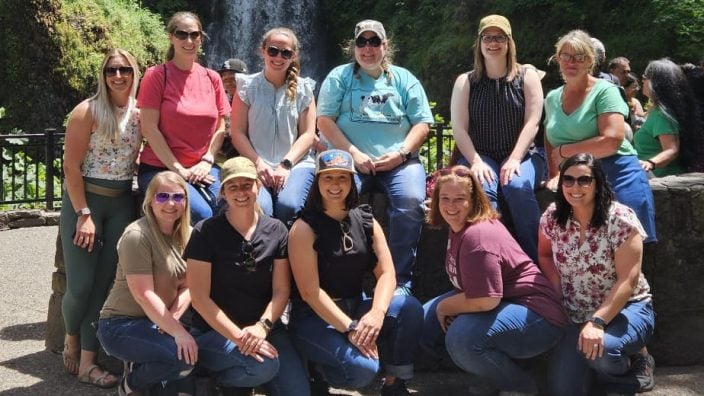Ohio Farm Bureau Podcast: Investing in the Future
Hear about the upcoming Winter Leadership Experience and the recent trip to Washington, D.C., for Young Ag Professionals and the current AgriPOWER class.
Read MoreThroughout all visits there were three constant themes that are also relevant in Ohio agriculture: efficiency, scarce resources, and collaboration.
AgriPOWER Class XIV had a whirlwind of a trip to Washington state, where we traveled over 600 miles in three days and saw a wide variety of agriculture across the state. Our trip included a visit to Taylor Shellfish Farms, Monson Fruit Company, Legacy Fruit Packers, J&K Dairy, Bonneville Lock and Dam, and Columbia Grain.
Throughout all visits there were three constant themes that are also relevant in Ohio agriculture: efficiency, scarce resources, and collaboration.
Efficiency was important for Taylor Shellfish Farms as they only have an hour to take oysters from the farm to ice. Additionally, efficiency and collaboration with health officials is used as every oyster has a lot number so that if there is a recall, they can quickly remove the product. Taylor Shellfish Farms can’t grow enough shellfish to meet consumer demands so they must work with scare resources – their employees, land, and shellfish. They are working on innovative technologies to improve employee safety, work hours, the quality of clam and oyster shell, and the taste of the shellfish.
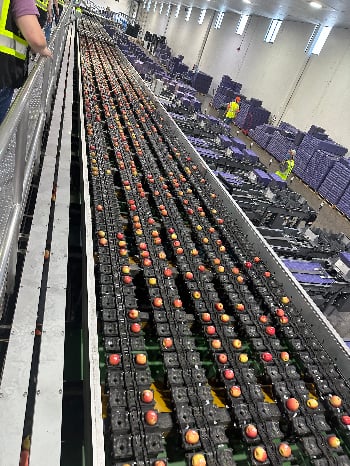
Monson Fruit Company and Legacy Fruit Packers were extremely innovative to not only improve efficiency in their facilities, but also to provide the highest quality products to their customers. At Monson Fruit Company, 64 pictures of a single cherry are taken every second to sort cherries by size and ensure quality. Cherries start to decay as soon as they come off the tree, so it is extremely important that they use cold chain technology to stop the decay process. They use approximately 10,000 gallons of water every day in their facility but recycle it to be good stewards of their resources. At Legacy Fruit Packers, we were able to witness the packaging of their 2023 apple crop that was only 85% packed. Taylor Shellfish Farms, Monson Fruit Company, and Legacy Fruit Packers had similar scarce resources (water), difficulty finding a labor force, and were committed to providing a quality product.
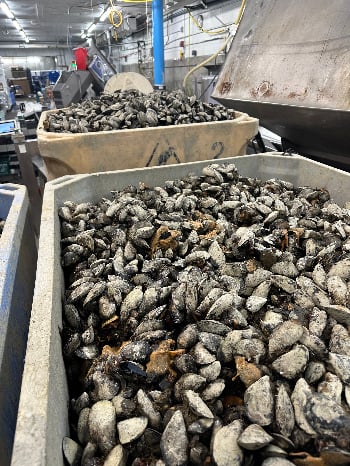
At J&K Dairy, an operation with 3,700 milking cows (about 6,000 total head) and 2,100 irrigated acres (and additional unirrigated acres), there was a focus on collaboration for water usage. With only 6-8 inches of rain in Sunnyside, WA per year, they are limited with the amount of water they can take from the Roza Canal for their cattle and crops. Karen, co-owner, said, “Every ounce of water is accounted for out here.” Both Karen and her husband, Jason, are active in advocating for water usage rights. They discussed the Yakima Basin Integrated Plan (for water usage) and how they must work together with their neighbors, community organizations, tribes, and government officials to find a common ground. The water used on the dairy was recycled six times.
At the Bonneville Lock and Dam, we were able to see a recreational boat pass through the dam, fish ladders, and learn about what agricultural exports come through. The water from the dam also helps to irrigate 7.8 million acres.
At Columbia Grain in the Port of Portland, we were able to tour the facility that has a five million bushel storage capacity. The export terminal solely focuses on exporting agricultural goods, mainly wheat, and doesn’t buy or sell wheat. The wheat comes in on rail, then is unloaded into storage, then transferred to ocean-bound vessels, to be shipped to the rest of the world.
In Ohio, we must remain efficient to provide more food with less acres, just like Washington. To do this, we must collaborate, and work with our valuable resources.
I learned so much during this trip, so here are a couple of fun facts:
• The clams are harvested at low tide, which only lasts 6 hours.
• Cherries need mild winters and mild summers for their best crop.
• J&K Dairy uses photo ID to determine what cow is coming into the parlor.
• The Bonneville Dam has a 96% survival rate for their salmon fish ladders.
• Wheat is the most popular export going through the dam, followed by wood chips.
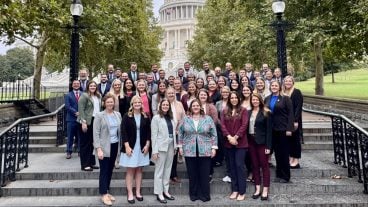

Hear about the upcoming Winter Leadership Experience and the recent trip to Washington, D.C., for Young Ag Professionals and the current AgriPOWER class.
Read More

Young ag professionals and AgriPOWER Class XV are in Washington, D.C. Sept. 9-11.
Read More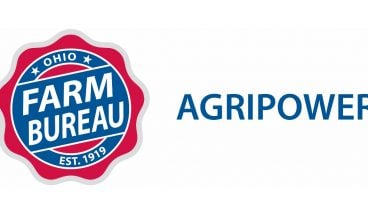

AgriPOWER is a a leadership and advocacy development program of Ohio Farm Bureau, designed for farmers and agribusiness professionals.
Read More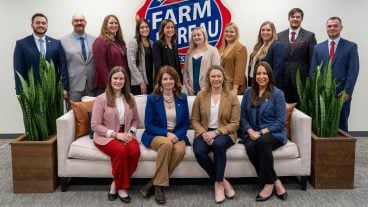
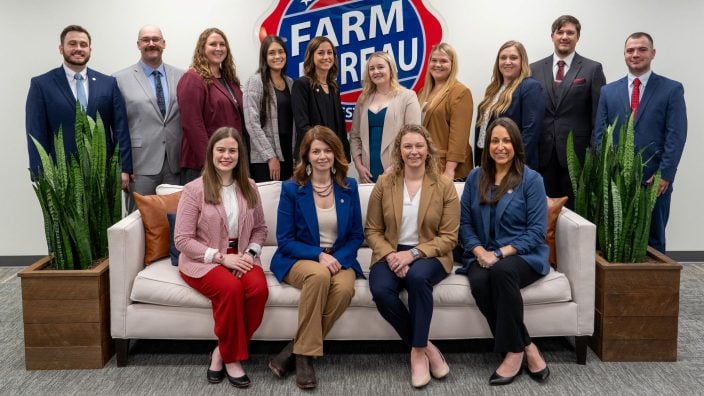
Ohio Farm Bureau’s 2024-2025 AgriPOWER Institute kicked off in October with 14 farmers and agribusiness professionals participating in Class XV.
Read More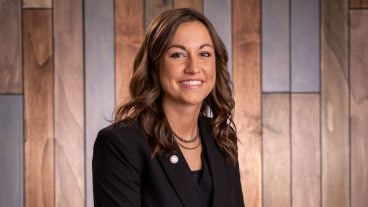

Amanda Barndt of Bowling Green is one of 14 farmers and agribusiness professionals selected to participate in Ohio Farm Bureau’s 2024-2025 AgriPOWER Institute.
Read More
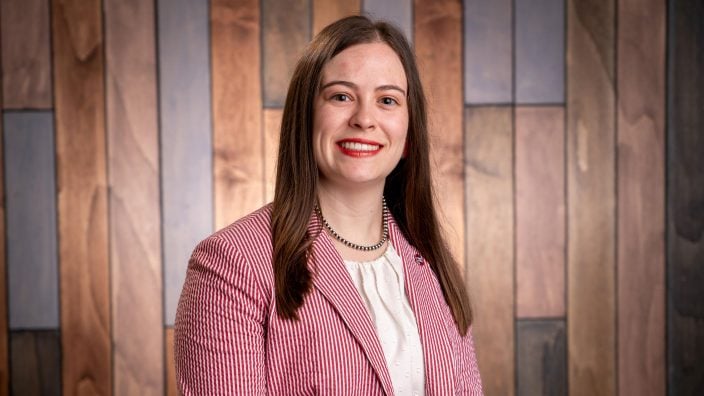
Grace Baxter of Wooster is one of 14 farmers and agribusiness professionals selected to participate in Ohio Farm Bureau’s 2024-2025 AgriPOWER Institute.
Read More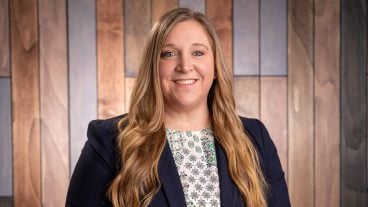
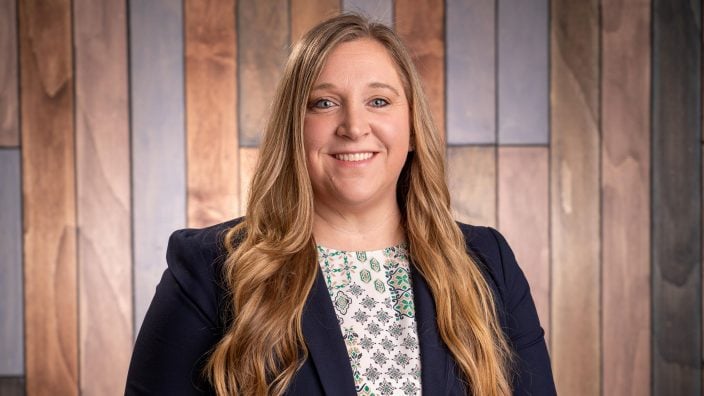
Kelsey Brown of Leroy is one of 14 farmers and agribusiness professionals selected to participate in Ohio Farm Bureau’s 2024-2025 AgriPOWER Institute.
Read More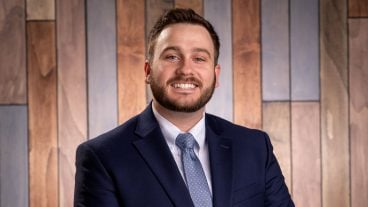
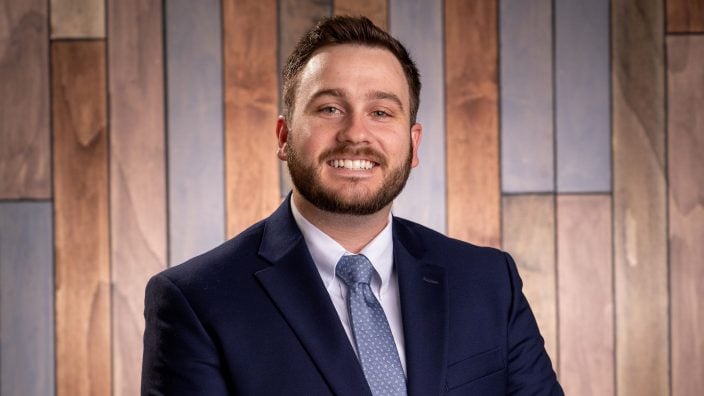
Johnathon Cottingim of Preble County is one of 14 farmers and agribusiness professionals selected to participate in Ohio Farm Bureau’s 2024-2025 AgriPOWER Institute.
Read More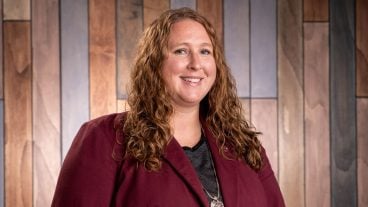
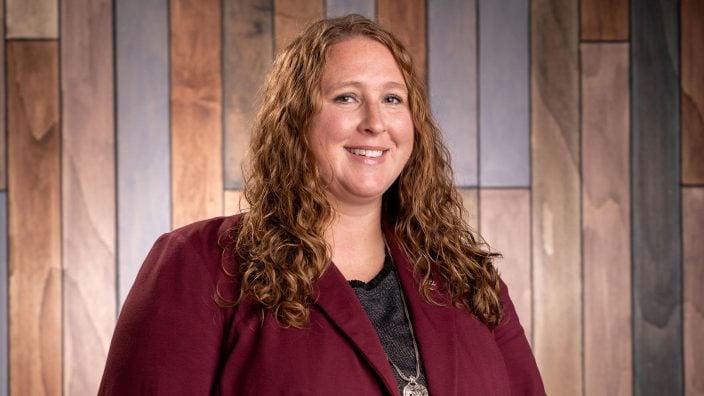
Hannah DiVencenzo of Grafton is one of 14 farmers and agribusiness professionals selected to participate in Ohio Farm Bureau’s 2024-2025 AgriPOWER Institute.
Read More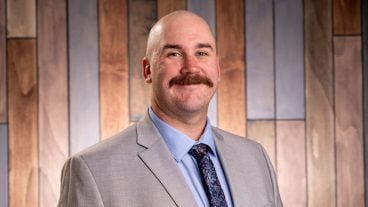
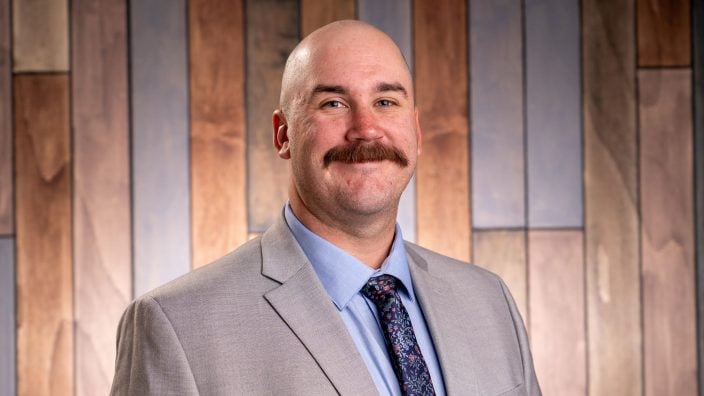
Zachary Jones of Huron is one of 14 farmers and agribusiness professionals selected to participate in Ohio Farm Bureau’s 2024-2025 AgriPOWER Institute.
Read More